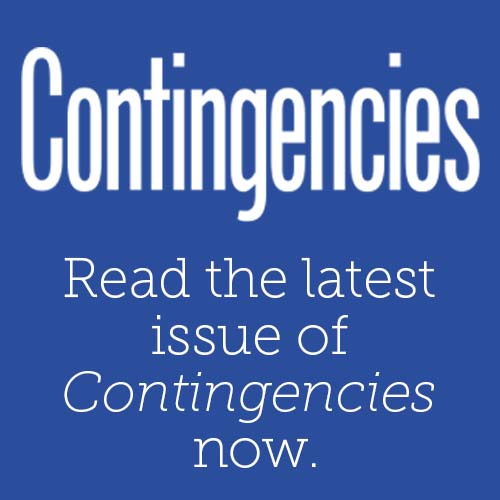Professionalism Counts, April 2024
What’s the Difference Between Practice Notes and ASOPs?
Occasionally actuaries ask about the difference between practice notes and actuarial standards of practice (ASOPs). While practice notes and ASOPs both provide useful information to the actuary, only one of them is binding.
What’s binding…
The foundational documents of actuarial professionalism—the Code of Professional Conduct (the Code), the Qualification Standards for Actuaries Issuing Statements of Actuarial Opinion in the United States (USQS), and the ASOPs—are all binding on actuaries who belong to any one of the five U.S.-based actuarial organizations.
- The Code sets forth what it means for an actuary to act as a professional and identifies the professional and ethical standards with which an actuary must comply. To help the actuarial profession fulfill its responsibility to the public, the Code requires actuaries to adhere to high standards of conduct, practice, and qualifications.
- The USQS sets out the education, experience, and continuing education requirements for issuing statements of actuarial opinion.[1]
- The ASOPs provide guidance for appropriate practice and identify what an actuary should consider, document, and disclose when performing an actuarial assignment.
All these documents are principle-based. For the most part, they do not tell the actuary what to do in great detail. Instead, they provide a framework for the use of professional judgment. For example, while the USQS broadly sets out qualification requirements, actuaries must use professional judgment to determine whether they are qualified for a particular assignment. Similarly, the ASOPs provide a framework that is intended to accommodate legal and regulatory requirements, professional requirements of employers or actuarial organizations, evolving actuarial practice, and the actuary’s professional judgment.
All the documents mentioned so far—the Code, the USQS, and ASOPs—are binding on actuaries. But as the brushstrokes of these documents are broad, actuaries also may want to consult other helpful resources, such as the practice notes published by the Academy.
…And what’s not
In contrast to ASOPs, practice notes and other actuarial literature are not binding on actuaries. They provide information that an actuary may choose to consider when rendering actuarial services—but the actuary is not mandated to follow them.
Practice notes are often far more detailed than ASOPs. Instead of telling actuaries what they should do or consider, practice notes describe various methods actuaries may use in a specific area (for example, some actuaries do X, while others do Y) without advocating one practice over another. Practice notes may also contain quite a bit of educational material, especially where the practices discussed are related to evolving technology, recently adopted external requirements, or advances in actuarial science or other applicable disciplines (such as economics, statistics, or enterprise risk management). For example, each year the Academy’s Casualty Practice Council updates the practice note on Statements of Actuarial Opinion on Property and Casualty Loss Reserves. This lengthy document walks through the requirements and processes related to the NAIC Statement of Actuarial Opinion, NAIC Property and Casualty Annual Statement, in great detail and includes information from the NAIC, relevant ASOPs, and the USQS, updated as needed each year.
Other recent practice notes include Application of ASU 2018-12 to the Accounting for Long-Duration Contracts under U.S. GAAP, which addresses “the most significant change to insurance accounting under Generally Accepted Accounting Principles (GAAP) in the United States in at least 20 years,”[2] and the Introduction to Service Purchases for Public Pension Plans practice note, which discusses a variety of service purchase programs that can be found across public-sector pension plans, as well as plan administration topics that actuaries should be aware of when working with them.
Other documents an actuary may find useful—but are not binding—include research papers, issue briefs, study notes, actuarial textbooks, journal articles, and presentations at actuarial meetings.
The founders of actuarial professionalism wisely created a framework that provides broad principles to guide actuaries in their work. This approach has kept the profession’s foundational documents relevant and in need of only occasional updates. Practice notes and other materials,
while not binding, can provide the actuary with a wealth of useful information that can supplement the broad principles laid out in the Code, the USQS, and the ASOPs.
[1] For purposes of the USQS, a “Statement of Actuarial Opinion” (SAO) is an opinion expressed by an actuary who is subject to the Code by virtue of membership in a U.S.-based actuarial organization, where such opinion is expressed in the course of performing Actuarial Services and intended by that actuary to be relied upon by the person or organization to which the opinion is addressed.
[2] Application of ASU 2018-12 to the Accounting for Long-Duration Contracts under U.S. GAAP, p. 2.







